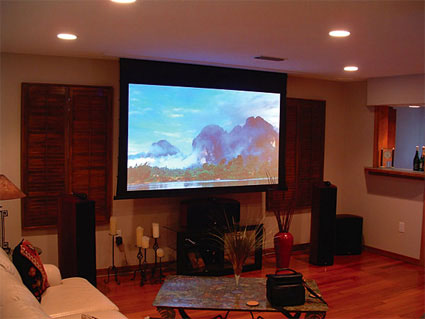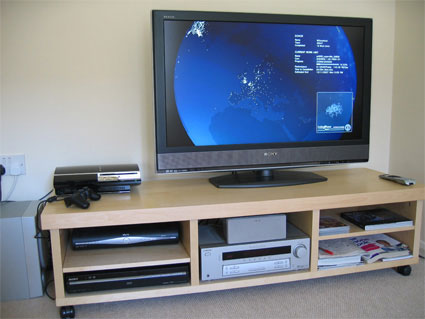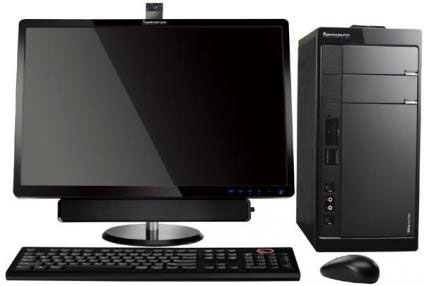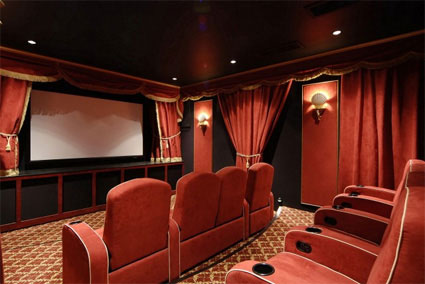Thehometheatresystemisawelcomeadditiontoanyhousehold.Hereisaguidetothebasiccomponentsyouwillneed.Gonearethedayswhentheonlyformofentertainmentwasasmallradio,whichpeoplecrowdedaround,tolistentothenews.Theradiowasthenreplacedbythetelevision.Inthenineteenseventies,havingyourowntelevisionwasconsideredtobealuxury.Today,eventhepooresthouseholdcanboastofatelevisionset.Aspeoplebecomemoreaffluent,theyalsoseekoutnewformsofentertainment.Whilenothingbeatswatchingamovieonthebigscreen,moreandmorepeoplearedecidingtobringthetheatreexperiencetotheirownhome.Thebestwaytodothisistoinvestinahometheatresystem.Whilecommerciallyavailablehometheatresystemsarepopular,manypeoplepersonallyselecteachcomponenttocustomisethesystem.Thiswilllargelydependonyourrequirementsandspaceconstraints.InthisarticleSpaceAvailableVideoDisplayAVReceiverSpaceAvailableThefirstmajorrequirementisforyoutodecidewhichroomtoplaceyoursystemin.Thesizeofyourroomwilldeterminehowbigascreenyoucaninstall.Besidesthesizeoftheroom,thereareafewotherparameterstoconsider.Lightingplaysanimportantroleinyourviewingexperience.Youwillhavetocheckhowmuchnaturallightentersyourroomaswellaswhatprovisionsarethereforaddingartificiallight.Thenextparametersarethewallsandflooring.Theconstructionmaterialsofthewallwilldeterminehowsuitabletheyaretoactasasoundbuffer.Thewallmayalsorequiresomemodificationstoimprovetheoverallacousticsoftheroom.Asperyourpreferences,thefloorcanbecarpetedtominimisethesoundofpeoplewalkingaswellasenhancetheoverallfeeloftheroom.VideoDisplayThemainideabehindhavingahometheatresystemistomakeyourmovieviewingexperienceathomeasclosetoatheatreexperience.Forthis,youwillneedalargeviewingscreen.Dependingonthesizeofyourroom,youwillbeabletosetupascreenofacertainwidth.Oncesizeissettledon,younowhavetodecideonwhattypeofscreenyouarelookingtoinstall.Untilsomeyearsago,theonlyoptionwasaregularcolourtelevision.Today,youalsohaveLCDscreensandplasmaTVstochoosefrom.Anotherpopularoptionforahometheatreistouseavideoprojector.Theprojectoritselfissmallandcaneasilybeplacedonacoffeetable.Aseparatescreenisrequiredfortheprojector.Thescreeniseitherfittedonthewallorplacedonaportableframethatcanbekeptawaywhenitisnotrequired.Anotherpointtoconsiderisifyouwantyourtelevisionorprojectortobecapableofrenderinghighdefinitiontelevision.Inthenearfuture,regularTVsignalsandDVDswillbeavailableinhighdefinitionformat.Ifyouarelookingatalong-terminvestment,considergoinginforahighdefinitionmodel.Ifpriceisanissue,askaroundforananalogueTVmodelthatcanbeupgradedintoahighdefinitioncompatibleset.AVReceiverTheAVorAudio-Videoreceiveristhecentreofyourhometheatresystem.Itisthecomponenttowhichalltheotherpartsofthesystemareconnected.ThisincludestheTVorprojector,thevideoplayer,thesoundoutputunits,etc.ItistheAVreceiversjobtoidentifythesignalitreceivesandsendittothecorrectpartofthehometheatresystemtobeprocessed.Thisincludessendingaudiosignalstothecorrectspeakers,dependingontheirorigin.AnAVreceiverusuallyconsistsofthreeparts.ThefirstpartoftheAVreceiveristhetuner.MostreceiverscomepreloadedwithatleastabasicAM/FMtuner.Inaddition,theymayalsohavethecapacitytoreceivesatelliteradiosignals.Thesecondpartofthereceiverisapreamplifier.Thiscomponentdeterminesthesourceofanaudioorvideosignalanddirectsittothecorrectoutputsystems.Thelastpartofthiscomponentisabuilt-inamplifier.Thiscomponentamplifiessoundsignalsbeforesendingittotheoutputdevicesi.e.thespeakers.Buyingahometheatresysteminvolvesalotofplanningandresearch.Ifyouarenotsureofwhatyouwant,youmaynotbehappywiththeresults.
The home theatre system is a welcome addition to any household. Here is a guide to the basic components you will need. Gone are the days when the only form of entertainment was a small radio, which people crowded around, to listen to the news. The radio was then replaced by the
television. In the nineteen seventies, having your own television was considered to be a luxury. Today, even the poorest household can boast of a television set.
As people become more affluent, they also seek out new forms of entertainment. While nothing beats watching a movie on the big screen, more and more people are deciding to bring the theatre experience to their own home. The best way to do this is to invest in a home theatre system. While commercially available home theatre systems are popular, many people personally select each component to customise the system. This will largely depend on your requirements and space constraints.
Space Available
The first major requirement is for you to decide which room to place your system in. The size of your room will determine how big a screen you can install. Besides the size of the room, there are a few other parameters to consider. Lighting plays an important role in your viewing experience. You will have to check how much natural light enters your room as well as what provisions are there for adding artificial light.
The next parameters are the walls and flooring. The construction materials of the wall will determine how suitable they are to act as a sound buffer. The wall may also require some modifications to improve the overall acoustics of the room. As per your preferences, the floor can be
carpeted to minimise the sound of people walking as well as enhance the overall feel of the room.
Video Display
The main idea behind having a home theatre system is to make your movie viewing experience at home as close to a theatre experience. For this, you will need a large viewing screen. Depending on the size of your room, you will be able to set up a screen of a certain width.
Once size is settled on, you now have to decide on what type of screen you are looking to install. Until some years ago, the only option was a regular colour television. Today, you also have LCD screens and plasma TVs to choose from. Another popular option for a home theatre is to use a video projector. The projector itself is small and can easily be placed on a coffee table. A separate screen is required for the projector. The screen is either fitted on the wall or placed on a portable frame that can be kept away when it is not required.
Another point to consider is if you want your television or projector to be capable of rendering high definition television. In the near future, regular TV signals and DVDs will be available in high definition format. If you are looking at a long-term investment, consider going in for a high definition model. If price is an issue, ask around for an analogue TV model that can be upgraded into a high definition compatible set.
AV Receiver
The AV or Audio-Video receiver is the centre of your home theatre system. It is the component to which all the other parts of the system are connected. This includes the TV or projector, the video player, the sound output units, etc. It is the AV receiver's job to identify the signal it receives and send it to the correct part of the home theatre system to be processed. This includes sending audio signals to the correct speakers, depending on their origin.
An AV receiver usually consists of three parts. The first part of the AV receiver is the tuner. Most receivers come preloaded with at least a basic AM/FM tuner. In addition, they may also have the capacity to receive satellite radio signals. The second part of the receiver is a preamplifier. This component determines the source of an audio or video signal and directs it to the correct output systems. The last part of this component is a built-in amplifier. This component amplifies sound signals before sending it to the output devices i.e. the speakers.
Buying a home theatre system involves a lot of planning and research. If you are not sure of what you want, you may not be happy with the results.

































